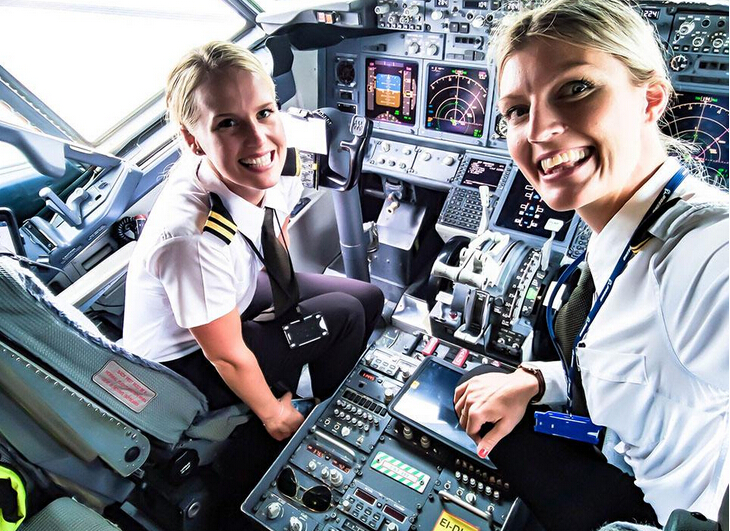Consider a pilot who’s flying in clouds, so she has no visual clues.
假設一個飛行員正穿梭于云層之中,看不到任何東西。
She enters a left turn, and her inner ears say “you’re turning.”
她把飛機往左轉,這時候內耳會告訴她“你正在轉向”。
But soon the fluid settles down, and the hairs stop moving.
但是很快,規管內的流體停止流動,毛狀纖維也停了下來。
The pilot is still in the turn, but her ears say she’s flying straight.
雖然飛機依然在轉彎,但是她的耳朵卻讓她誤認為正直線飛行。

And her body sense won’t help. Without visual clues, it might think the g-forces of the turn are caused by a climb.
這時,她的身體感知也失去作用。沒有視覺感官的情況下,飛行員可能將轉彎產生的離心力當做攀爬時的重力。
So now the pilot’s ears and body sense are telling her different things, and both are probably wrong.
于是她的耳朵和身體感受傳遞了不同的信息,并且都是錯誤的信息。
Scuba divers can have this same dangerous confusion in murky water, and avalanche victims–buried in snow–may not know which way to start digging.
帶水肺的潛水員也會在昏暗的水深之處遭遇相同的困境,而發生雪崩時,埋在雪里的受害者也不知道該從哪個方向出逃。
So when the body lies, other signals must be used.
因此,當身體發出錯誤的感知信號時,我們必須利用其它信息。
Pilots rely on instruments, divers follow their air bubbles to the surface, and a little spit will tell the avalanche victims which way is up.
飛行員觀察儀表數據,潛水員跟隨上浮的氣泡可以浮出水面,雪崩受害者則可以通過吐出的唾液了解哪個方向是向上。
譯文為可可英語翻譯,未經授權請勿轉載!











